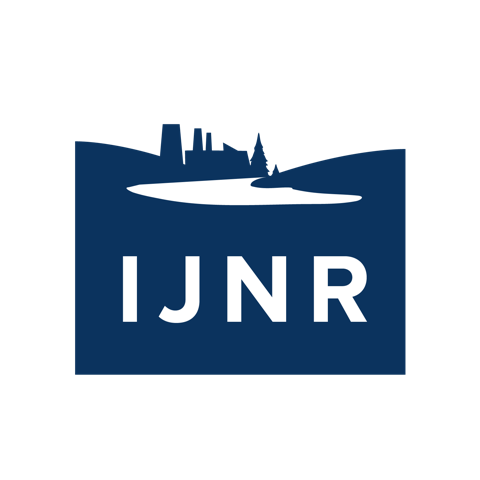Bristol Bay Institute
August 28 - September 5, 2019
Alaska
Bristol Bay, Alaska, is home to the most productive and valuable salmon fishery in the United States. Producing half of the world’s sockeye, providing 14,000 jobs, and contributing $1.5 billion annually in economic output, it’s a system that illustrates the possibility of sustainable and stable resource extraction. Remote and almost wholly undeveloped, the area supports robust and healthy terrestrial and aquatic ecosystems, as well as a strong recreational fishing and tourism economy. It is also home to Alaska Natives - mostly Yup’ik Eskimo, Alutiiq and Athabaskan tribal members - who have been living within, relying upon, and cultivating a relationship with this landscape for more than 10,000 years.
At the same time, there are those who believe different resources - namely gold, copper and molybdenum - could provide a far greater economic return. Located at the headwaters of the two major rivers that flow into Bristol Bay, a massive mineral deposit has caught the eye of Northern Dynasty Minerals. The proposed Pebble Mine would require an open pit two to three miles wide and thousands of feet deep, as well as thousands of acres of tailings reservoirs that would hold mining waste in perpetuity.
Proponents of the mine tout economic returns, job creation, rural development, infrastructural improvements, and global demand as incentive for proceeding with the project. In a region where shrinking populations and financial hardship are real concerns, the possibility of economic development - and the chance to be a player in future prosperity - is no small matter for nearby communities. Opponents fear contaminated groundwater, damaged ecosystems, development of roads, ports, and a power plant, the crash of the salmon fishery, and the erasure of a way of life that has persisted for millennia. The prospect of the mine has unified unexpected allies, including the commercial, recreational and subsistence fishing communities, who have joined forces to protect the resource that sustains their livelihood. Meanwhile, those in favor of the mine - or at least open to the possibility - worry that their voices aren’t being heard amidst the clamor of protest.
While the proposed mine is front and center in many minds, it is only one of many stories unfolding in the region. And, as is the case with all stories involving natural systems, extractive industry, multiple invested stakeholders, rural communities, and vast sums of money, those playing out in the Bristol Bay region are complex and nuanced.
In late August and early September of 2019, IJNR brought 10 competitively selected professional journalists from around North America to Bristol Bay to learn firsthand about the various natural resource issues playing out in the region. This expenses-paid fellowship explored numerous potential topics, including but not limited to:
Mining in the Bristol Bay watershed, and its potential economic, ecological and social impacts
Permitting, public involvement, regulation and legislation
Fisheries management, and commercial and subsistence fishing
Sports fishing, tourism and the recreation economy
Indigenous sovereignty, resource management and rural development
Salmon ecosystems and the interconnected web of species that depend on them
Climate change and its impacts on the Bristol Bay region
Land use and ownership, development, and planning
Meet the Fellows of the 2019 Bristol Bay Institute:
The Bristol Bay Institute was made possible in part by the Fund for Environmental Journalism (FEJ) a grant-making program of the Society of Environmental Journalists. IJNR retains full editorial independence and authority for this work. Independent and separate agreements are maintained between SEJ and third party donors to SEJ. SEJ credits The William and Flora Hewlett Foundation for underwriting its FEJ initiative to strengthen coverage of Western lands issues.
IJNR maintains editorial independence and control in all of its programming and decision-making.
















